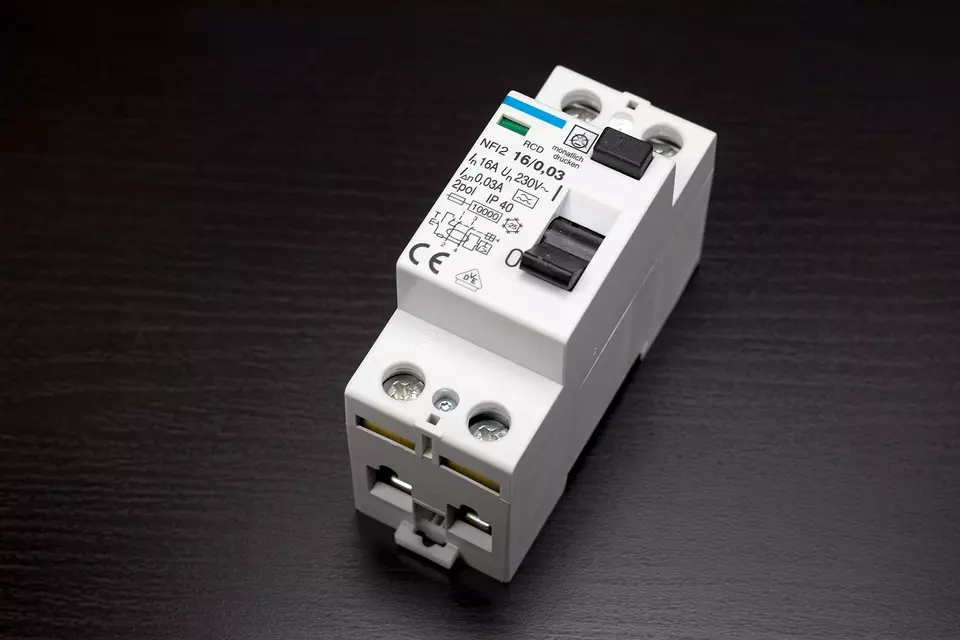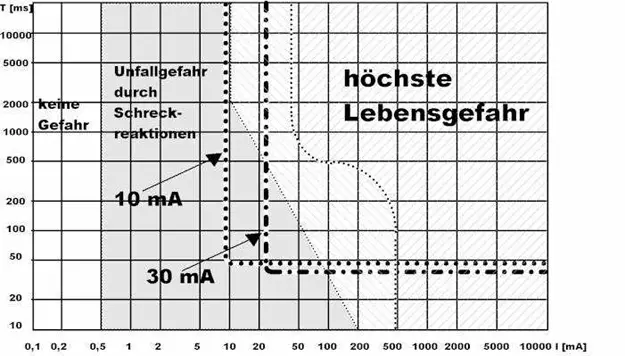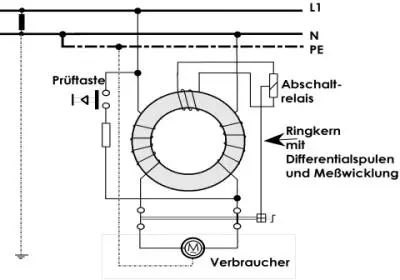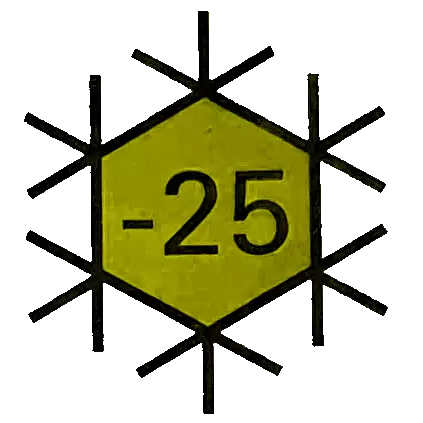A Possible Lifesaver!
A Residual Current Device (RCD), also known as an FI circuit breaker or Residual Current Device, is used to protect against electrical accidents. It detects fault currents that occur when an electric current deviates from the normal circuit path, such as due to insulation faults or short circuits.
The RCD monitors the difference between the incoming and outgoing currents in a circuit. Normally, the incoming and outgoing currents should be equal since the circuit is closed. When a fault occurs, for example, when a person touches a faulty electrical device connection, a portion of the current flows through the body to the ground, creating a fault current. The RCD detects this deviation and immediately interrupts the circuit to prevent potential electric shock.

Designations:
RCD (Residual Current Device) is the general term for a residual current circuit breaker.
RCCB (Residual Current Operated Circuit Breaker) refers to the traditional residual current circuit breaker.
RCBO (Residual Current Operated Circuit Breaker with Overcurrent Protection) stands for a residual current circuit breaker with integrated line protection.
Types and Characteristics of RCDs
|
| ||||||||||||||||||||||||||||||||||||
What happens in an electrical accident?
Various effects occur in an electrical accident when a person touches or comes into contact with an electric circuit:
Electric shock: When a person touches a live conductor or an object that is under voltage, a current flows through their body. Above a certain current level, typically around 10 mA, this current can affect the body. Electricity acts on the body and impairs the normal communication between the brain and muscles.
Muscular reaction: The current flowing through the body affects the muscles and can cause them to contract involuntarily. This is known as muscular contraction. It can result in the affected person being unable to release the live object as the muscles are no longer under conscious control.
Burn injuries: Electrical accidents can cause burns. The flow of current generates heat in the tissue, which can lead to burns, especially at the points where the current enters or exits the body.
It is important to note that the effects of an electrical accident depend on various factors such as the current strength, the duration of the current flow, the path of the current through the body, and the health condition of the affected person. Electrical accidents can range from minor injuries to severe injuries, including life-threatening conditions. Therefore, it is extremely important to take precautions to prevent such accidents and seek immediate medical help in case of emergency.
What are the influencing factors?
Various factors play a role in the flow of current through the human body: voltage, current strength, frequency, resistance of the human body, and the duration during which the current acts on the body.
Residual current devices (RCDs) serve to protect people, animals, and property in case of failure of basic protection or fault current protection. They complement the applied protective measures. By monitoring insulation faults and disconnecting leakage currents, RCDs also contribute to fire protection.
It is important to note that residual current devices should only be used as an additional protective measure and not as the sole protective measure.
A current of 30 mA flowing through the heart for about 0.5 seconds can be life-threatening. In this case, cardiac fibrillation may occur, disrupting the pumping function of the heart and endangering the oxygen supply to the brain. After approximately three to five minutes in this state, irreversible damage occurs, and death may occur.
Characteristic of the residual current device

Function of a residual current device
A residual current device essentially consists of three main components that work together to disconnect the circuit in case of a fault:
Summation current transformer: The summation current transformer consists of differential coils and is used to detect the fault current and generate a voltage in the measuring winding for the fault current trip unit.
Fault current trip unit: The measuring winding of the fault current trip unit is excited by the measuring winding of the summation current transformer. In the event of a fault, a mechanical trip is triggered. The fault current trip occurs by inducing a voltage in the output winding of the summation current transformer.
Function of the fault current: In the fault-free state, the sum of the incoming and outgoing currents is zero, resulting in no voltage being induced in the output winding of the summation current transformer. When a fault current flows back to the power source through the protective conductor or the ground, the sum of the currents is no longer zero. This results in a voltage being induced in the output winding of the summation current transformer, triggering the electromagnetic fault current trip unit and disconnecting the circuit in all poles.
The test button allows generating a simulated fault current and tripping the residual current device. However, this is only used to test the tripping function of the RCD and not the overall effectiveness of the protective device.
How does the residual current device prevent electrical accidents?
The residual current device (also known as an RCD switch or FI circuit breaker) prevents electrical accidents by ensuring that certain limit values are not exceeded. There are two-pole and four-pole residual current devices for different rated residual currents such as 10 mA, 30 mA, 300 mA, and 500 mA.
Nowadays, the use of the 30 mA residual current device is common as it provides comprehensive protection even in direct contact. Residual current devices with higher tripping currents are used, for example, to protect machines where a low fault current may already exist in the normal state. The 10 mA residual current devices offer good protection as they trip before the occurrence of muscle contractions and disconnect the power supply.
For mobile applications, residual current devices called portable RCDs (PRCDs) are also available in the market. They detect faults in the installation and do not reset as long as the fault persists.
The schematic diagram of a residual current device is shown in the figure below. In normal operation, the current that electrical consumers require flows through the supply line to the consumer and returns in the same magnitude. The summation current transformer (toroidal core with windings) integrated in the residual current device compares the currents flowing through the conductors. If the sum of the incoming currents no longer matches the sum of the outgoing currents, the "lost current signal" triggers a trip relay that immediately disconnects the monitored circuit.
Schematic diagram of a residual current device

Functional testing of the residual current device
All residual current devices have a test button that allows for a functional test.
This test should be performed every 6 months by a competent user. In commercial installations, this test is even mandatory.
If the functional test is not performed, the contacts can stick, which can lead to inadequate tripping in case of a fault.
The residual current device represents the current state of the art in new installations.
